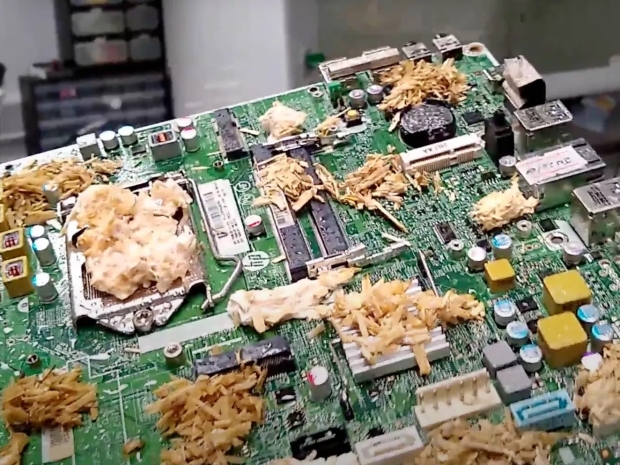The lab, led by professor Andrew Adamatzk, focuses on eccentric approaches to computing, like wetware, the notion of applying the concepts of hardware and software to living creatures.
Fungi connect to a root network under the ground using their mycelium, very slim hyphae that are the size of a thread. The fungal motherboard uses mycelium as a conductor and a substitute for other electronic components, such as the processor or memory.
Adamatzky previously demonstrated that mushrooms could communicate with each through electric signals via the mycelium. The mycelium is capable of sending and receiving electrical signals and retaining memory.
The neurons in the human brain use spiking activity for communication, and Adamatzky’s investigation shows that mycelium uses a similar model. As a result, scientists can usethe presence or absence of a spike as the basis for zeroes or ones, akin to the binary language the conventional computer uses. Additionally, Adamatzky highlighted that researchers could increase the speed and reliability of the communication if they stimulate mycelium at two separate points to enhance conductivity. This process helps develop memory, comparable to how the brain creates habits.
Unfortunately, when it comes to performance the mushroom computers are pretty rubbish and have little chance of playing Chrysalis. The board is not pretty either as it looks like someone sneezed over it or dropped a pizza inside the PC.
But, on the other hand, they do feature superior fault tolerance because of their self-generation property and better reconfigurability because they grow and evolve. Mushroom computers don't need much power either.
“Right now it’s just feasibility studies. We’re just demonstrating that it’s possible to implement computation, and it’s possible to implement basic logical circuits and basic electronic circuits with mycelium. In the future, we can grow more advanced mycelium computers and control devices,” Adamatzky told Popular Science.




